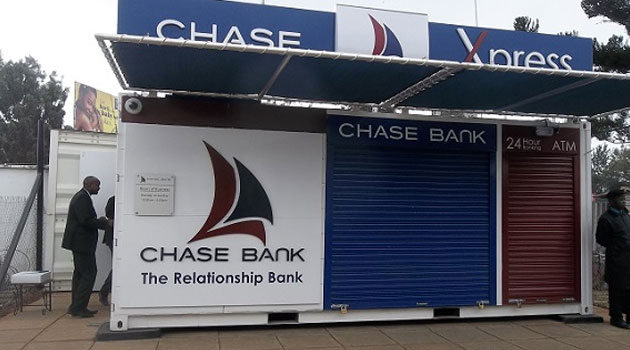 NAIROBI, Kenya, Sep 14 – Even with the banking sector recording the slowest growth in six years, analysts are optimistic the sector will remain profitable in the remainder of 2015.
NAIROBI, Kenya, Sep 14 – Even with the banking sector recording the slowest growth in six years, analysts are optimistic the sector will remain profitable in the remainder of 2015.
The banking sector recorded a slow-down in growth in the first half of 2015, growing at 8.3 percent compared to 15.6 percent in 2014 according to a new report by Cytonn Investments.
This according to the report is the slowest growth in six years.
The slowdown is being attributed to poor economic performance on the back of increased non-performing loans and the uncertainty in the interest rate environment.
Increases in the Kenya Banker’s Reference Rate (KBRR) by 133 basis points to 9.87 percent has resulted in an upward re-pricing of loans, raising the risk that more loans issued might fall into a non-performing territory.
The report says a further increase in the Kenya Banker’s Reference Rate will see a negative impact on the non-performing loans in the industry.
Investments Manager at Cytonn Investments, Maurice Oduor, highlights cost containment initiatives and increased use of alternative channels as the main driver of banks in the remainder of the year.
Oduor also highlights growth of the retail segments and expansion both regionally and externally.
“With devolution in Kenya, we will see banks become more aggressive in trying to capture the opportunities that exists at county levels which will increase their customer base,” Oduor said adding that banks looking to expand in the less penetrated markets of Tanzania, Uganda, Rwanda and South Sudan are opening up new channels of revenue with a relatively attractive spread compared to Kenya.
The report ranked Equity Bank the best performing bank in the first half of 2015, scoring high in return on capital, efficiency and revenue diversification. Standard Chartered Bank ranked the second highest ranking high in return on capital and deposit mobilisation.
On the other hand, National Bank of Kenya ranked the second most inefficient bank in terms of cost containment as well as having the lowest quality of assets in their loan portfolio.
Housing Finance ranked lowest overall.
“There are concerns whether the banks will be able to maintain their profitability margins with the increase of the Central Bank Rate (CBR) to 11.5 percent, with the exception of minimal increases in nonperforming loans we do not think the banking businesses will be impacted significantly by the increases as historically, Kenyan banks have been fairly good at protecting their margins regardless of the rate environment,” the report stated.
This comes even as the market anticipates another hike in interest rates ahead of the Monetary Policy MPC meeting next week.
“Despite the Central Bank intervening mid-week to mop up liquidity, the shilling continued to depreciate against the dollar, losing 0.2 percent in the week to close at Sh105.4, taking the total loss to 16.2 percent. In the coming week, we expect the shilling to be under pressure as investors speculate over the possibility of a rate hike in the September 16 , 2015 US Federal Reserve meeting. However, key to note is that so far the government has not drawn down from the IMF facility approved at the beginning of the year,” Oduor said.
Pan Africa Asset Management Senior Portfolio Manager Kelvin Kangogo says this is because the weakening of the shilling has been fuelled by increased trade deficits, increased recurrent expenditures and capital flight.
Kangogo says in order to offer a long term solution, a rate hike would be inevitable than purchasing dollars.
He says the US Federal reserve may decide to raise the interest rates in the upcoming meeting on Thursday, or they may do it in December 2015 citing that the environment supports the rate hike.
“In Kenya, the shilling has slightly strengthened in the past few days from the low of 106.7 to 105.3 as at today. I believe this has been mainly driven by the increase in interbank rates from low of 12.9 percent to 15.4 percent to support the shilling. I presume the interbank and the government’s dollar purchases will be the main driver of the currency volatility rather than the expectation of the US Federal Reserve actions,” Kangogo added.
In July the MPC raised the CBR by 1.5 percentage points to 11.50 percent from 10.00 percent.
The committee also increased KBRR by 133 bps to 9.87 percent largely as a result of an increase in the CBR by 300 bps to 11.5 percent.
This raised interest on all loans pegged on the KBRR.



































